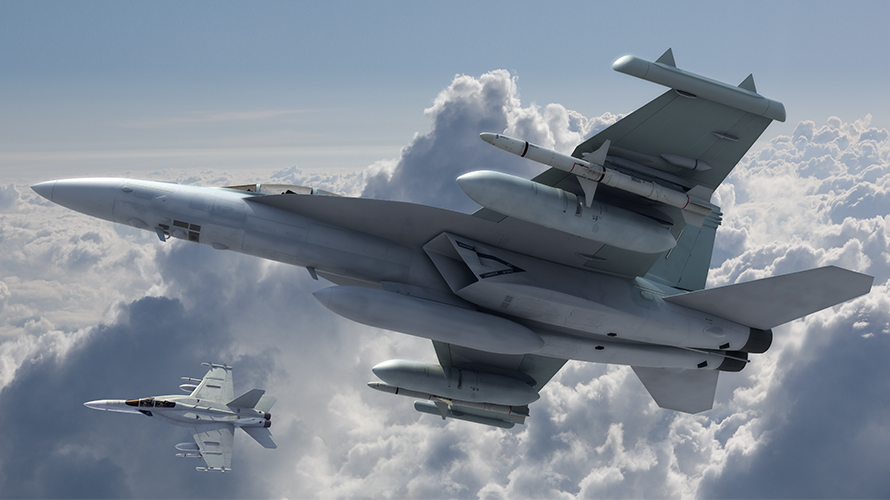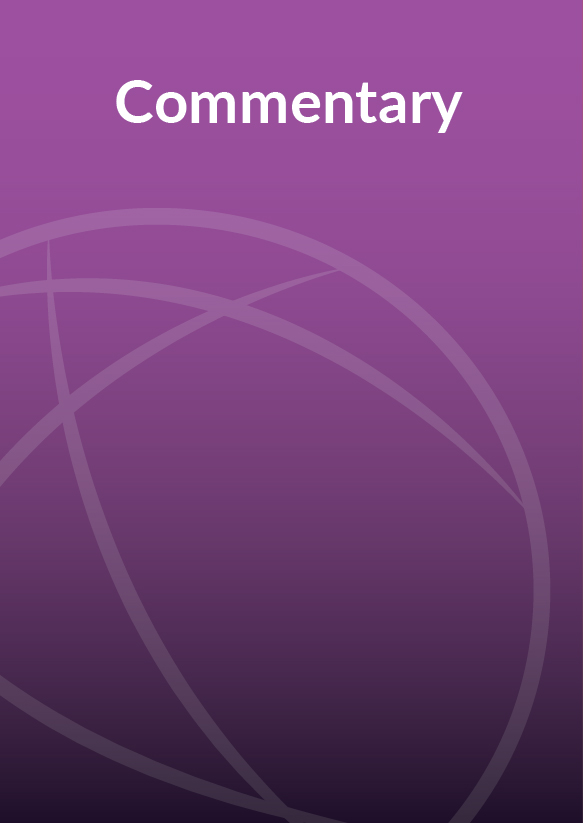DEEPAK SINHA
The ongoing conflict on the Sino-Indian border has highlighted the need for structural reforms in the Indian Army. This paper examines the impact of the Joint Doctrine of Indian Armed Forces, 2017 (JDIAF) and the Indian Army’s Land Warfare Doctrine, 2018 (LWD) on the development of the Indian Army’s tactical concepts, organisational structures, and the weapons and equipment profile. It discusses the importance of formulating a formal National Security Strategy and suggests specific doctrinal imperatives that must be taken into consideration while articulating India’s LWD to counter emerging threats effectively.
Attribution: Deepak Sinha, “Rebooting the Indian Army: A Doctrinal Approach to Force Restructuring,” ORF Issue Brief No. 439, February 2021, Observer Research Foundation.
Introduction
“Those who do not move, do not notice their chains.”
In early May 2020, tensions flared up along the Sino-Indian border, the Line of Actual Control (LAC), in Eastern Ladakh, the casus belli being the unprovoked and unexpected belligerence on the part of China’s People’s Liberation Army (PLA) in an attempt to change the status quo on the LAC by occupying large tracts of disputed territory claimed by both sides. The PLA has prevented the Indian Army (IA) from conducting routine patrolling along its Claim Line—the standard practice that has been followed by both sides for years.[1] The IA responded to China’s actions under the ambit of “Operation Snow Leopard,”[2] raising the stakes by occupying dominating heights in the Chushul and Pangong Tso Sub-Sectors.
















